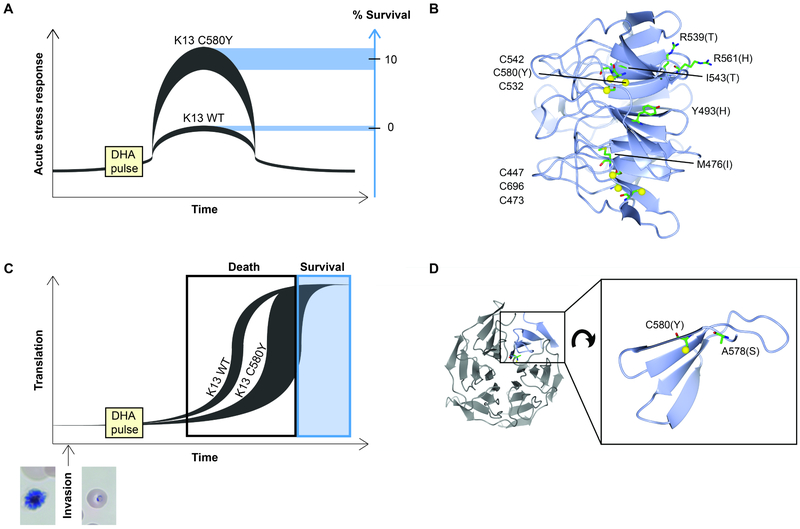Figure 3. Model for K13-mediated ART resistance.
(A) Schematic proposing differences in the acute stress response of P. falciparum K13 wild-type (WT) or K13 C580Y early ring-stage parasites exposed to DHA. Parasite genetic backgrounds contribute to variations in the levels of K13 isoform-mediated stress response and subsequent survival. (B) Side-view of the β-propeller of K13 (PDB: 4YY8, residues 444-726) showing cysteines and/or resistance-associated mutations. Cysteine sulfurs are indicated with yellow spheres. The putative oxidative sensor cysteines are all located in a vertical plane inside the β-propeller. (C) An alternate hypothesis of ART resistance is that eIF2α phosphorylation-mediated translational repression during the schizont-to-ring transition might be extended in K13 mutant, ART-resistant parasites. This delayed re-entry into active translation and growth could allow these parasites to survive ART pulses. Parasites could re-enter growth in a stochastic manner, with later recovery permitting survival. Schizont and early ring-stage parasites are shown below. (D) Close-up of one β-sheet (residues 577-615) showing spatial separation of C580 and A578, located on a structured β-strand and on an unstructured loop, respectively. C580Y is a mediator of ART resistance, whereas A578S is not (Menard et al., 2016). Images made with CCP4mg.

